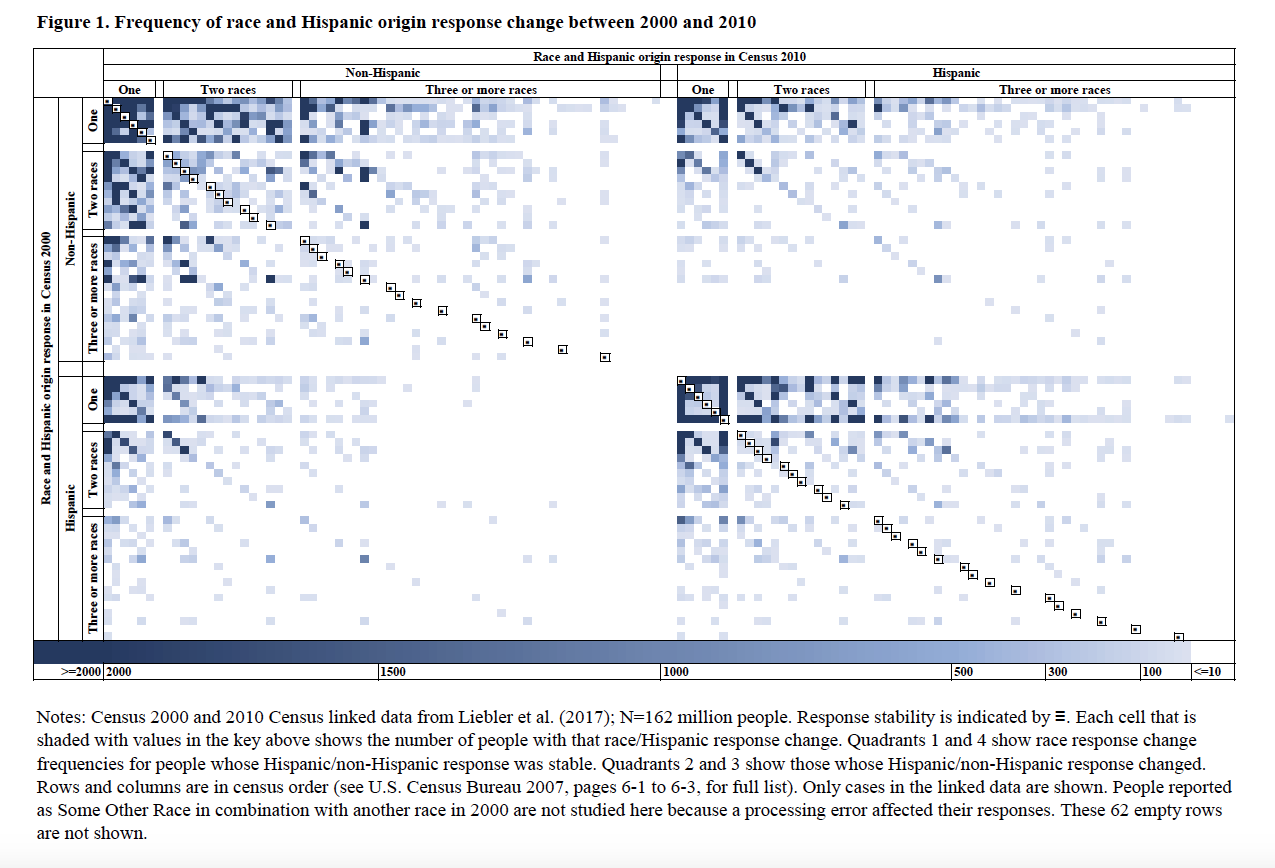Mike Tirico Would Like to Talk About Anything but Mike TiricoPosted in Articles, Biography, Media Archive, United States on 2017-07-18 20:36Z by Steven |
Mike Tirico Would Like to Talk About Anything but Mike Tirico
The New York Times
2017-07-15
 Mike Tirico in the NBC booth before calling the Belmont Stakes. Tirico will take over for Bob Costas as the host of the Winter Olympics next year but prefers to avoid talking about himself and his background. Credit Uli Seit for The New York Times |
BALTIMORE — Don’t pay any attention to Mike Tirico, even if you’ll be seeing much more of him, and soon.
Tirico has been a fixture in sports broadcasting for nearly three decades, his voice a prominent and familiar soundtrack for football and basketball and soccer and tennis and — actually, you name the sport, and he has probably worked it.
This week, he’ll host his 21st British Open. In the fall, he will take over Al Michaels’s spot on “Thursday Night Football.” Next February, he will replace Bob Costas as the host of NBC’s Olympics coverage, a not-so-subtle hint that he also is the network’s choice as the new face of NBC Sports.
Yet don’t mind Tirico. He insists. When he was in Baltimore in May to call the Preakness Stakes for NBC, he explained why he wants it that way.
In contrast to the yelling, preening and debating in vogue on sports shows, Tirico said, he strives to be an invisible narrator. It is an old-school notion, but Tirico’s shtick is that he doesn’t have a shtick — and that might just be why he appeals to such a broad audience…
…Those questions stem from a 1991 profile of him in The Post-Standard of Syracuse, N.Y., when he was just starting his career. In that article, Tirico said he wasn’t sure if he was black.
Ever since, perhaps regretting offering even that small peek into his private life, he has preferred to avoid the subject. Though he once described his relatives as “as white as the refrigerator I’m standing in front of right now,” a Washington Post article in 1997 described Tirico as “the first black play-by-play man (with a little Italian heritage in the family tree) to handle a golf telecast.”
But these days, at a time when the nation is transfixed by a discussion of race relations, Tirico just doesn’t want to go there. He told me to say he was mixed race, and that was that…
Read the entire article here.




